Anti-Tan Cream is specifically formulated to help lighten and reduce the appearance of skin tan caused by prolonged exposure to the sun or other environmental factors. These creams typically target the pigmentation caused by UV rays, such as dark spots, sunburns, and uneven skin tone, and help restore the skin’s natural brightness and radiance. Anti-tan creams often contain ingredients that inhibit melanin production, exfoliate dead skin cells, and hydrate the skin to achieve a more even complexion.
Key Benefits of Anti-Tan Cream:
- Reduces Tan and Hyperpigmentation: The primary benefit of anti-tan cream is its ability to lighten and reduce tan or dark spots caused by UV exposure. It helps to fade the skin’s pigmentation gradually over time.
- Even Skin Tone: Anti-tan creams promote an even skin tone by addressing uneven pigmentation, blotchiness, and discoloration. This can result in a more radiant and uniform complexion.
- Brightens Skin: Many anti-tan creams contain brightening agents like vitamin C or licorice extract that help improve the overall radiance of the skin and give it a healthy, glowing appearance.
- Hydrates and Nourishes: Tan and sun exposure can often lead to dryness and skin damage. Anti-tan creams provide much-needed hydration, keeping the skin moisturized and soft.
- Sun Protection: Some anti-tan creams contain SPF, which helps protect the skin from further sun damage while the cream works to lighten the tan.
- Exfoliates Dead Skin Cells: Many anti-tan creams contain mild exfoliating ingredients like AHAs (Alpha Hydroxy Acids) or fruit enzymes that help remove dead skin cells, making the skin smoother and more receptive to the cream’s brightening ingredients.
- Soothes Sunburns: Some anti-tan creams have calming ingredients like aloe vera or chamomile, which help soothe and heal sunburned skin, reducing redness and inflammation.
Ingredients in Anti-Tan Cream:
1. Licorice Oil
- Contains glabridin, which helps brighten skin and fade dark spots.
- Has anti-inflammatory properties, reducing redness and irritation.
- Provides antioxidant protection against free radicals and environmental damage.
- Helps even out skin tone and reduce hyperpigmentation.
2. Shea Butter
- Deeply moisturizes and nourishes dry skin.
- Rich in vitamins A and E, which help with skin repair and anti-aging.
- Strengthens the skin barrier and protects against environmental damage.
- Soothes sensitive, irritated, or inflamed skin.
3. Papaya Extract
- Contains papain enzyme, which gently exfoliates dead skin cells.
- Helps brighten skin and improve overall complexion.
- Rich in vitamins A, C, and E, promoting skin hydration and elasticity.
- Helps reduce acne scars and hyperpigmentation.
4. Licorice Extract
- A natural skin-lightening agent that helps reduce melanin production.
- Soothes inflammation and redness, making it ideal for sensitive skin.
- Rich in antioxidants that protect against UV-induced damage.
- Helps diminish the appearance of dark spots and uneven skin tone.
5. Orange Extract
- High in vitamin C, which boosts collagen production and brightens the skin.
- Helps reduce signs of aging such as fine lines and wrinkles.
- Provides antibacterial properties, helping with acne-prone skin.
- Refreshes and revitalizes dull skin.
6. DM Water (Deionized Water)
- A purified water base used to dissolve and mix active ingredients.
- Ensures no impurities interfere with product stability.
- Enhances the absorption of beneficial ingredients into the skin.
7. Turmeric Extract
- Contains curcumin, a powerful antioxidant and anti-inflammatory agent.
- Helps reduce acne, blemishes, and redness.
- Brightens the skin and reduces hyperpigmentation.
- Fights free radical damage and delays skin aging.
8. Lemon Extract
- Rich in citric acid, which provides gentle exfoliation and skin brightening.
- Helps unclog pores and control excess oil production.
- Boosts collagen synthesis, improving skin elasticity.
- Acts as an astringent, reducing acne breakouts and tightening pores.
9. Emulsifier
- Helps blend oil and water-based ingredients for a stable formulation.
- Improves the texture and consistency of skincare products.
- Prevents ingredient separation over time.
10. Preservative
- Extends the shelf life of the product by preventing microbial growth.
- Protects against bacteria, mold, and yeast contamination.
- Maintains the stability and effectiveness of active ingredients.
11. Natural Fragrance
- Provides a pleasant aroma using plant-based extracts.
- Enhances the sensory experience of the product.
- May offer aromatherapeutic benefits depending on the fragrance source.
12. Glycerine
- A powerful humectant that draws moisture into the skin.
- Helps keep skin hydrated, soft, and supple.
- Strengthens the skin barrier and prevents moisture loss.
- Soothes irritation and promotes skin healing.
How to Use Anti-Tan Cream:
- Cleanse: Start by cleansing your face or body with a gentle face or body wash to remove dirt, oil, and impurities.
- Tone (optional): Apply a toner to balance your skin’s pH and prepare it for better absorption of the cream.
- Apply Anti-Tan Cream: Take a generous amount of the anti-tan cream and apply it evenly on the affected areas (such as the face, neck, arms, or legs) with gentle upward strokes.
- Massage: Massage the cream gently into the skin until it’s absorbed fully. This helps improve circulation and allows the cream to penetrate deeper into the skin.
- Use Consistently: For best results, use the cream regularly, usually twice a day (morning and night). Be patient, as it may take several weeks to notice visible results.
- Sun Protection: If your anti-tan cream doesn’t contain SPF, it’s important to apply sunscreen with broad-spectrum protection (SPF 30 or higher) to prevent further tanning.
Additional Tips for Dealing with Tanning:
- Exfoliation: Regularly exfoliate your skin to remove dead skin cells and prevent the buildup of tan. You can use a gentle scrub, or an exfoliating body wash to promote smoother, brighter skin.
- Hydration: Keep your skin hydrated by drinking plenty of water and using a good moisturizer. Hydrated skin is more likely to show brighter and healthier skin tone.
- Home Remedies: Some natural ingredients can help reduce tan, such as lemon juice (which has natural bleaching properties), turmeric (which can lighten skin), and yogurt (which can soothe the skin and help reduce tan).
- Avoid Direct Sun Exposure: If you want to prevent further tanning, avoid staying in the sun for prolonged periods. If you have to be outdoors, wear protective clothing and use sunscreen with adequate SPF.
- Sun Protection: Always wear sunscreen with SPF, even if you’re indoors or on cloudy days. UV rays can still penetrate through windows and cause tanning.
Conclusion:
Anti-tan creams are effective solutions for reducing the appearance of a sun tan and lightening hyperpigmentation. By consistently using these creams with ingredients like vitamin C, licorice, aloe vera, and AHAs, you can expect your skin to gradually regain its natural tone and radiance. Always remember to protect your skin from further sun exposure with SPF, and be patient—skin lightening is a gradual process.

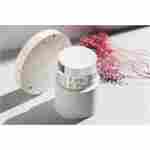



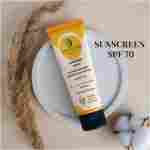

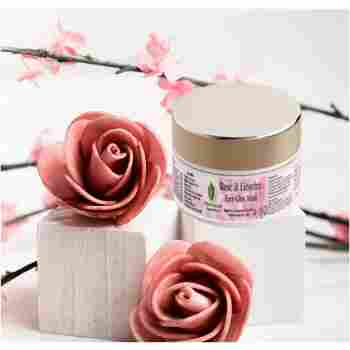

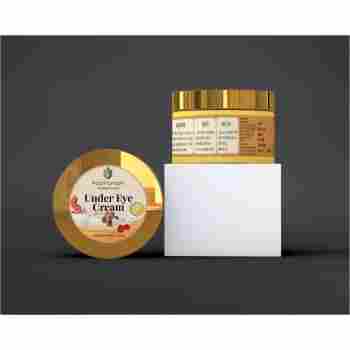
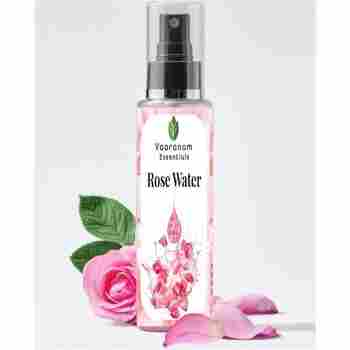
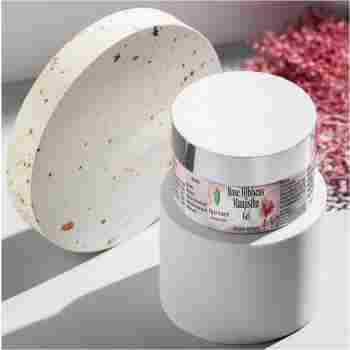

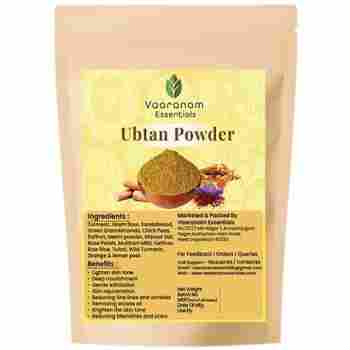
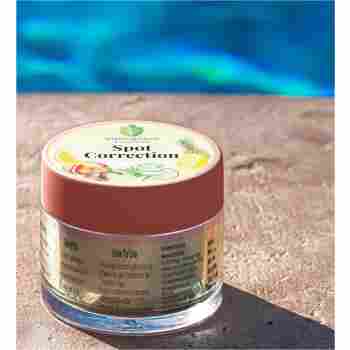

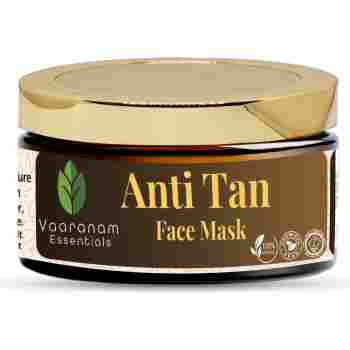

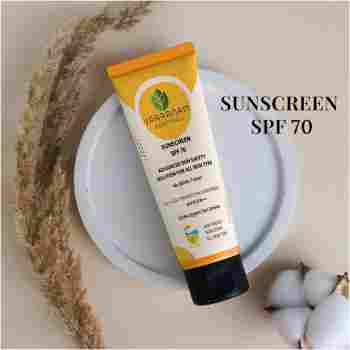

Reviews
There are no reviews yet.